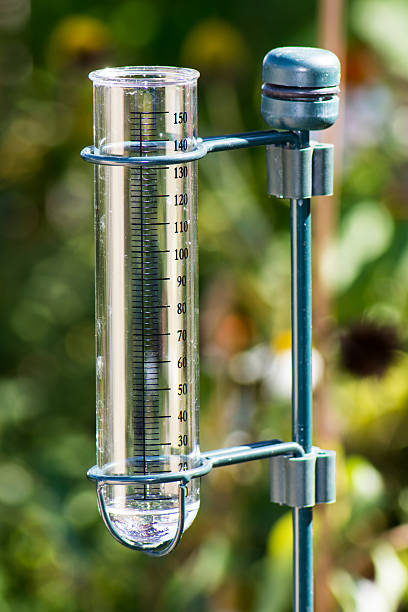The Rain Gauge: Analyzing Rain Patterns and Enhancing Weather Condition Recognition
The Rain Gauge: Analyzing Rain Patterns and Enhancing Weather Condition Recognition
Blog Article
DIY Rainfall Gauge: Basic Steps to Make Your Own
Creating your own DIY rainfall gauge is a basic and effective method to record and measure precipitation. With just a couple of typical products and some standard steps, you can easily construct your own rain gauge at home. Let's get started on making your DIY rain gauge today!
Gather Products
To begin building your DIY rainfall gauge, collect all the necessary materials using a thorough list of things. Having the right products on hand will certainly guarantee the effective production of your rain gauge and permit for accurate dimensions of rains. Gathering these products ahead of time will enhance the building and construction process and make certain that you have everything you require to develop your own DIY rain scale.
Prepare the Container

Mark the Measurement Increments
To properly determine the amount of rains, precisely marking the dimension increments on your DIY rain scale is essential. Without accurate and clear markings, it would be tough to figure out the exact quantity of rains accumulated in your rain scale. Right here are the actions to mark the dimension increments on your rainfall gauge.
First, pick the system of dimension that you intend to use. The most usual systems for measuring rainfall are inches and millimeters. Make use of a long-term pen or waterproof paint to note the increments on the side of your rainfall gauge as soon as you have selected the device. For inches, you can mark every quarter inch or every fifty percent inch, depending on your preference. For millimeters, you can note every 10 millimeters or every 20 millimeters.
When noting the increments, it is very important to ensure that they are uniformly spaced and plainly noticeable. Make use of a ruler or determining tape to make certain accuracy and consistency. Furthermore, see to it that the markings are resistant to fading or abrading, as direct my explanation exposure to the components might cause them to weaken gradually.
Area the Rain Gauge Outdoors
The rain scale should be positioned outdoors to properly accumulate rains information. The place selected for the rain gauge ought to be open and free from any kind of blockages that might potentially affect the measurement of rains. The Rain Gauge.
In addition, it is critical to place the rainfall gauge on a stable surface, such as a degree ground or a strong article. This will prevent any kind of motion or tilting of the gauge, which could cause unreliable dimensions. It is also advisable to stay clear of putting the gauge near any kind of resources of synthetic water, such my website as lawn sprinklers or drain systems, as this could hinder the accuracy of the measurements.
Display and Record Rainfall Information
Regular surveillance and recording of rains data is crucial for precise data evaluation and interpretation. By tracking rains measurements, you can obtain useful insights right into weather condition patterns, climate fads, and water resource monitoring. To efficiently monitor and tape rains data, it is crucial to establish a routine and keep consistent techniques.
First of all, make sure that your rainfall scale is positioned in an open location far from barriers such as trees or buildings that may block rains. In addition, make certain the rain scale is degree and securely secured to protect against any movement that could affect the accuracy of the dimensions.

When videotaping the rains data, it is essential to note the day and time of each dimension. Use a ruler or a gauging stay with identify the rainfall deepness in the rainfall scale, and document this details properly.
To ensure the precision of the measurements, it is recommended to empty the rainfall scale after each recording. This will avoid any overflow or evaporation from impacting succeeding measurements.
Final Thought
To conclude, producing a DIY rainfall gauge is a easy and practical method to keep track of and videotape rainfall information (The Rain Gauge). By complying with the actions described in this post, you can easily collect products, prepare the container, mark the measurement increments, and place the rainfall gauge outdoors. Consistently checking and videotaping rains information can give important information for different purposes
Having the best materials on hand will certainly guarantee the successful creation of your rainfall scale and permit for exact dimensions of rainfall.To precisely measure the amount of rains, accurately noting the dimension increments on your Do it yourself rain gauge is necessary.The rainfall scale need to be put outdoors to accurately collect rains information. The location selected for the rainfall scale should be open and complimentary from any kind of obstructions that might possibly affect the measurement of rainfall.In conclusion, developing a DIY rain scale is a simple and sensible method to keep an eye on and tape rainfall information.
Report this page